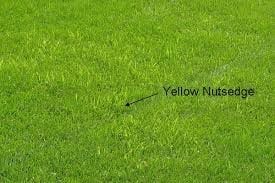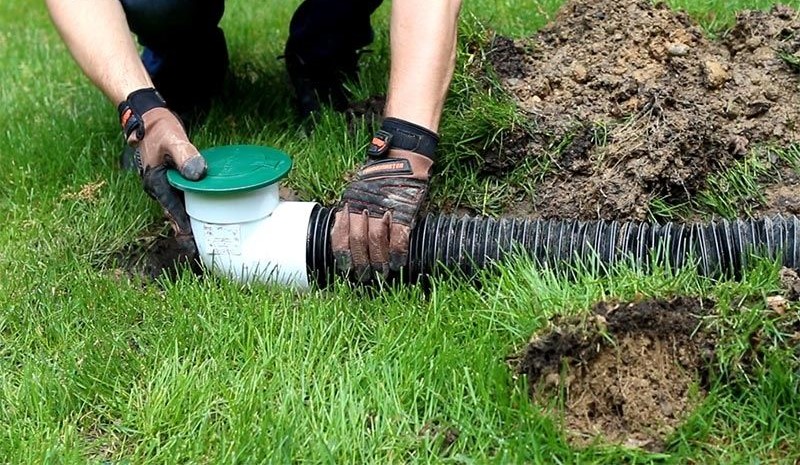Identify and Kill Nutsedge in Lawns


Yellow nutsedge are tenacious, aggressive weeds that spell trouble for home owners. Nutsedges often escape control because they’re not like weed grasses or broadleaf weeds targeted by most weed killers. These perennial weeds are sedges that come back year after year and reproduce in ways that complicate their control.
By understanding these nutsedge basics and treating effectively, you can kill and control these difficult lawn weeds.
What is Nutsedge:
Identifying Nutsedge in Your Lawn
Nutsedge makes itself known during periods of rapid summer growth as it outcompetes heat-challenged cool season grasses for water and nutrients. The bright yellow-green leaves of yellow nutsedge stand out clearly against turf, as do the dark green leaves of its purple relative. Left to grow tall, nutsedges produce distinctive spiky flower clusters: yellow-green
The key identifying feature for these difficult weeds is their triangular stems. Roll the stems between your fingers, and you’ll understand the meaning of the old-time rhyme “sedges have edges.” In contrast, grasses have round stems. Shiny, smooth nutsedge leaves have a distinct center rib and form a “V” shape.
Nutsedge outbreaks often start in moist, poorly drained lawn areas, where they quickly develop into large colonies. Their extensive root systems may reach down to 4 feet deep. Once established, these weeds can tolerate drought.
Understanding How Nutsedge Spreads
Nutsedges spread and reproduce in several ways. Plants may flower and release seeds that germinate and sprout into new plants. These weeds also spread via underground stems, known as rhizomes, which send up shoots that become new plants. However, the most prolific means of nutsedge reproduction is through underground tubers known as “nutlets.”
Yellow nutsedge rhizomes produce nutlets. One yellow nutsedge plant can produce thousands of nutlets each year, which can each eventually produce nutsedge patches several feet wide.
Most nutlets form within 6 to 10 inches of the surface, but they may reach 18 inches deep. Those depths protect nutlets from the effects of many common herbicides and cold winter weather that might otherwise kill them. Nutlets may survive hidden deep in soil for up to 10 years before emerging to produce new nutsedge plants. When they appear, the tough sprouts can pierce through thick mulches, including landscape fabrics.
Nutlets formed below ground stay viable for many years.

Controlling Yellow Nutsedge Effectively
Effective treatment and control of yellow and purple nutsedges calls for products designed to overcome the unique challenges of these difficult weeds. DKC Professionals have the experience and knowledge to eradicate these unsightly weeds. Call us now for a free consultation and quote 215-860-5066
Protecting Your Lawn Against Nutsedge
By practicing good lawn care basics, you can protect against nutsedge invasions and give your grass an advantage over these aggressive weed pests. Healthy, vigorous grass is an excellent defense against yellow nutsedge in lawns.
Take steps to correct low-lying, poorly drained areas and avoid overwatering. Instead of frequent shallow irrigation, irrigate deeply and infrequently. This supports deep, healthy grass roots and enhances resilience. Nutsedges thrive in compacted soil, aerate your lawn every fall. Mow your lawn at the recommended height for your grass type. Mowing too short can stress turf grasses and encourage nutsedge growth.







